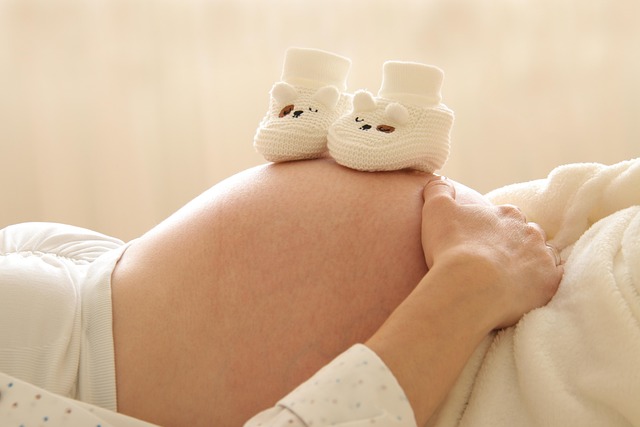Hey there! Let’s chat about some common issues that can affect your reproductive health, specifically fibroids, polyps, and other uterine disorders. You might be surprised to know that many people deal with these conditions without even realizing it!
Fibroids: What Are They?
Fibroids are non-cancerous growths made up of smooth muscle that can develop in the walls of the uterus. While they often don’t cause any major issues, they can lead to heavy periods, intense cramping, and even pelvic pressure. In some cases, they may affect your ability to conceive or carry a pregnancy to term.
How Are Fibroids Diagnosed?
A few methods exist for diagnosing fibroids, depending on their size and location:
- Pelvic Exam: Large fibroids can sometimes be detected during a pelvic check-up.
- Ultrasound: A transvaginal ultrasound is usually the go-to for viewing fibroids effectively.
- Hysterosonogram: This involves injecting sterile saline into the uterus to get a clearer view of fibroids.
- Hysteroscopy: A minor procedure where a telescope is inserted through the cervix to visualize any issues inside the uterus.
- MRI: This imaging technique can help identify multiple fibroids and distinguish them from other conditions like adenomyosis.
Treating Fibroids
If fibroids become problematic, there are several treatment options available:
- Myomectomy: This surgical procedure removes the fibroids while preserving the uterus. The method used depends on the fibroids’ size and location.
- Uterine Artery Embolization: This newer technique involves blocking the blood supply to the fibroids but isn’t recommended for those wanting to conceive.
Endometrial Polyps
These are small, benign growths in the lining of the uterus. Many women may have them without any symptoms. Diagnosis usually involves a pelvic ultrasound, and if treatment is necessary, it can be done through hysteroscopy.
Uterine Scar Tissue
Sometimes, scarring can occur, particularly after procedures like dilation and curettage (D&C). Severe cases are known as Asherman’s syndrome, which can prevent embryo implantation. Diagnosis can be made using similar techniques as for fibroids, and treatment often involves hysteroscopic resection.
Uterine Congenital Anomalies
In rarer cases, women may be born with uterine structural issues. Diagnosis can be made using ultrasound or hysterosalpingography. Depending on severity, surgical options may be recommended.
Feeling curious about how these conditions might affect your fertility journey? Join us for our next free seminar, where you can ask questions and get expert advice from top fertility doctors. If you’re interested in a more intimate approach, check out how some couples are choosing home insemination to keep the process personal and fulfilling. You can read about it here. For those looking into artificial insemination kits, Make A Mom offers a wealth of resources to help you on your journey. Plus, for a comprehensive understanding of IVF, check this resource.
In summary, whether it’s fibroids, polyps, or uterine anomalies, there are various ways to diagnose and treat these conditions that may impact your fertility. Don’t hesitate to reach out, explore your options, and take charge of your reproductive health!

